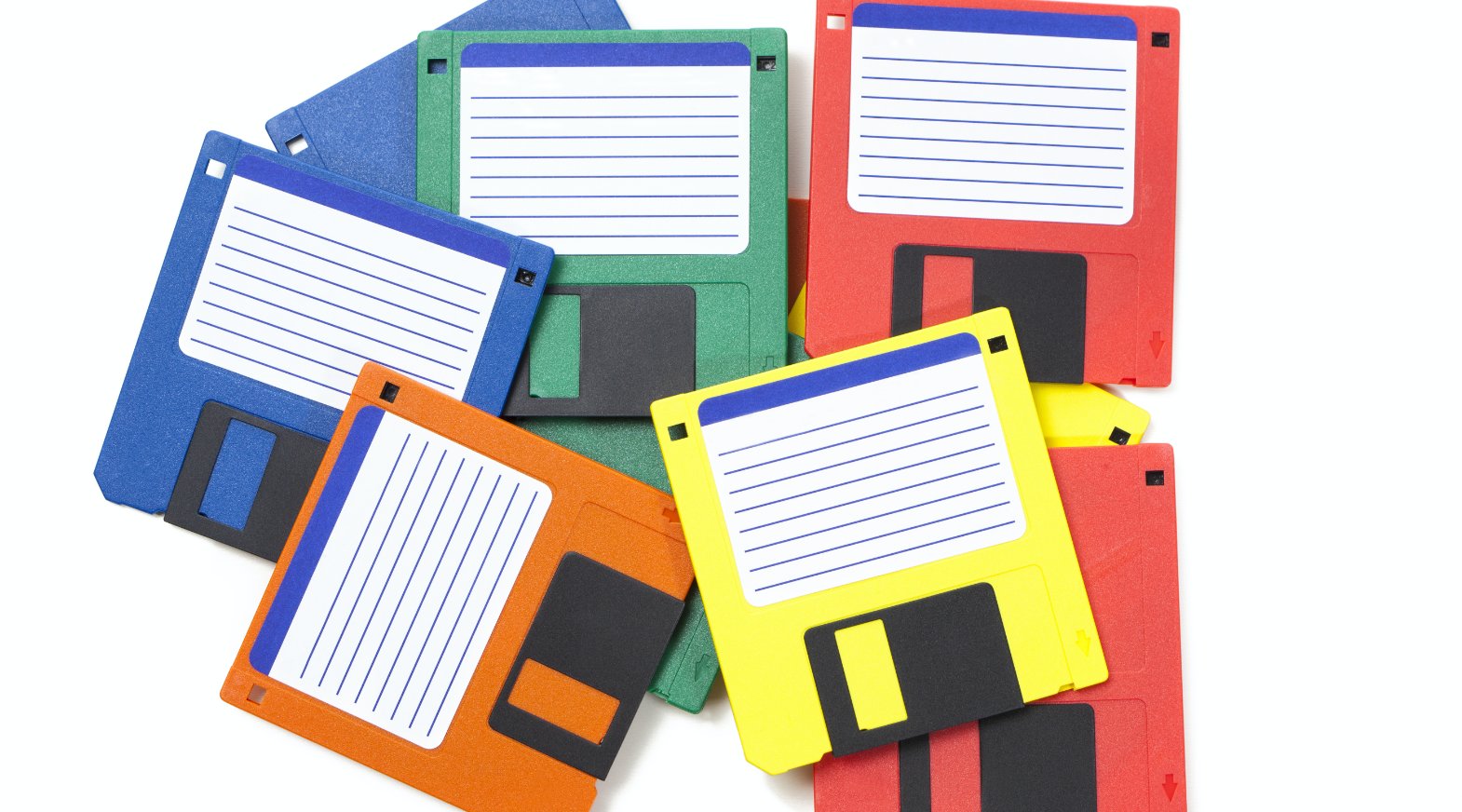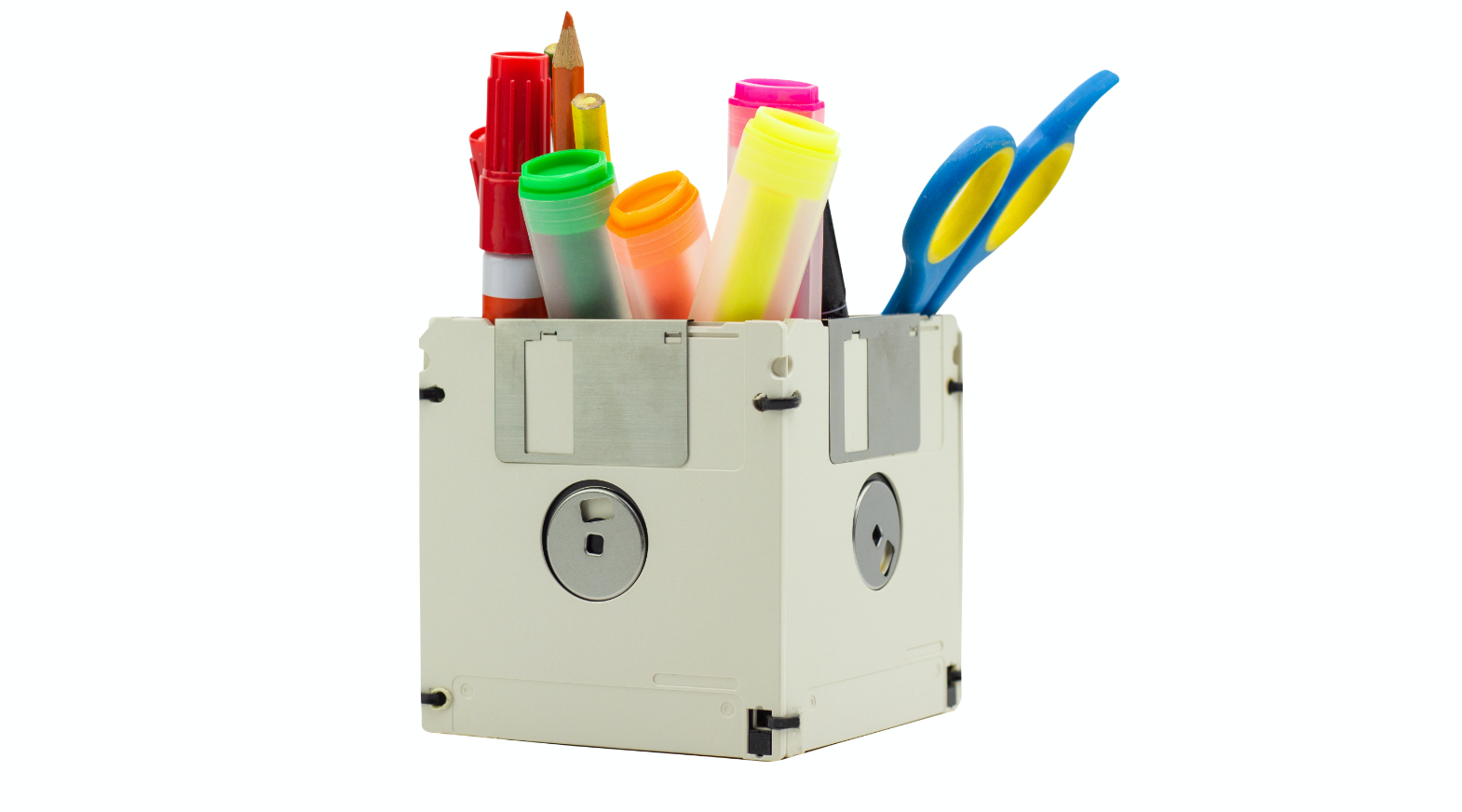The floppy disk that revolutionised computing
-
- from Shaastra :: vol 01 edition 02 :: Jul - Aug 2021

IBM’s 8-inch ‘memory disk’ catalysed the ‘personal computer’ revolution and contributed to the birth of the software industry.
Back in the 1960s, tech giant IBM had a problem. Its mainframe computers systems, which were beginning to cover a range of commercial and scientific applications, faced a peculiar limitation. It was a time when data entry and software programming were still being run on 'punched cards': pieces of stiff paper that held digital data. And although semiconductor control stores were coming into being, they had one drawback: stored information was lost when the power was switched off. Effectively, the operating instructions to run the IBM mainframes were erased. As Alan Shugart, then a product manager at the company, noted, with every restart, the microcode had to be loaded into memory, which was a time- and labour-intensive process.
In time for the 1971 launch of IBM's System/370 range of mainframes, Shugart had assigned a design team under engineer David L. Noble to develop a new way to load microcode into the computer systems. The product that Noble's team designed was an 8-inch-diameter flexible "memory disk" that was encased in a square plastic sleeve lined with fabric that removed dust particles from the surface as it rotated. It marked a defining moment in computing history.
The read-only, flexible "floppy disk" came with a storage capacity of 80 KB, the equivalent of about 3,000 punched cards. (That represents many millions of trees saved, which would have otherwise been cut down to make those cards.) And data became portable between computers. The ease of handling floppy disks opened up a world of usage possibilities. More broadly, it is widely acknowledged that the invention of the floppy disk eventually enabled the personal computer revolution, and catalysed the emergence of an independent software industry.
Over time, an echo of Moore's Law – which states that computer processor speeds will double every two years – began to apply to floppy disks, too. They shrank in size, from the original 8 inches to, first, the 5¼-inch format, and then to the 3½-inch disk. By then, the disk had also lost a lot of its 'floppy' nature, but the name remained. Personal computers came equipped with compact floppy disk drives, until Compact Discs became the default program and storage devices. Greater access to the Internet and to cloud storage effectively did away with the need for both disks and discs. In 1998, Apple released an iMac without a floppy drive, claiming that it had become obsolete with expanding hard drive capacity and wider Internet use. Other companies fell in line over time.

Bizarrely, one of the last holdouts was the U.S. Defense Department, which was using 8-inch floppy disks as recently as in 2019 – for command-and-control operations of the country's nuclear arsenal! A 2016 report of the U.S. Government Accountability Office noted that the Strategic Automated Command and Control System (SACCS) ran on an IBM Series/1 computer, and used 8-inch floppies to manage ballistic missiles and nuclear bombers. Evidently, it was felt that since these systems were not connected to the Internet, they were hack-proof. Even so, as part of an overhaul effort to replace outdated software and hardware, ageing SACCS floppy drives were replaced with a "secure solid-state digital storage solution" in June 2019.
In popular culture, as reflected in Hollywood movies, the 8-inch floppy nearly triggered a nuclear war. In the 1983 movie WarGames, the gaming character played by Mathew Broderick uses an 8-inch floppy to hack into what he thinks is a video-game company to preview a nuclear-war-themed game, but is in fact a government artificial intelligence computer. The 3½-inch disk, too, surfaced briefly in two 1996 films – Mission: Impossible, where Tom Cruise's character copies a Top Secret list of government agents onto a disk; and Independence Day, where the character played by Will Smith uploads a virus onto alien spaceships to defeat them. It's fair to say that for today's users of networked computers, the 8-inch floppy will seem just as much an alien as visitors from outer space.
1971
FLOPPY ART
Floppy disks may no longer serve a functional purpose, but they are being repurposed as recycled art. Creative folks use 5¼-inch floppies as a clock face and as coasters, as spatulas – and even as jewellery or clothing accessories! Still others put them to more traditional use: to update or back up old systems.
NAPKIN NATTER
How did the 5¼-inch disk size come about? There's an apocryphal story that Chinese-American inventor An Wang (of Wang Laboratories) was at a bar with engineers, discussing the size of the disk he wanted. Wang motioned to a cocktail napkin and said he wanted it to be about that size – or about 5¼ inches wide.
SAVE THE ICON
Have a
story idea?
Tell us.
Do you have a recent research paper or an idea for a science/technology-themed article that you'd like to tell us about?
GET IN TOUCH
















